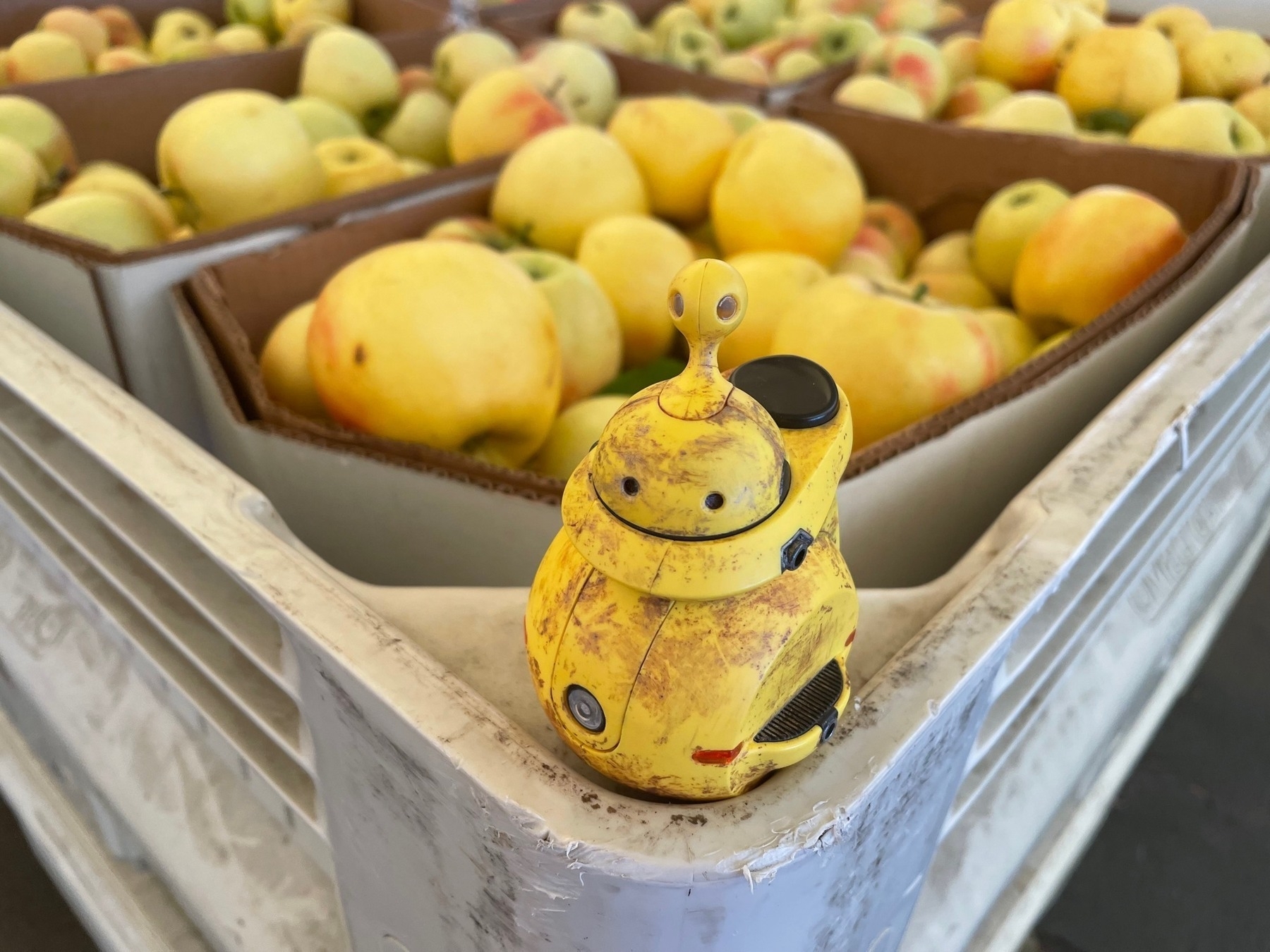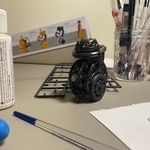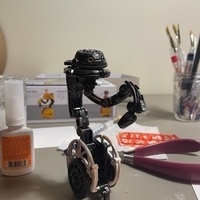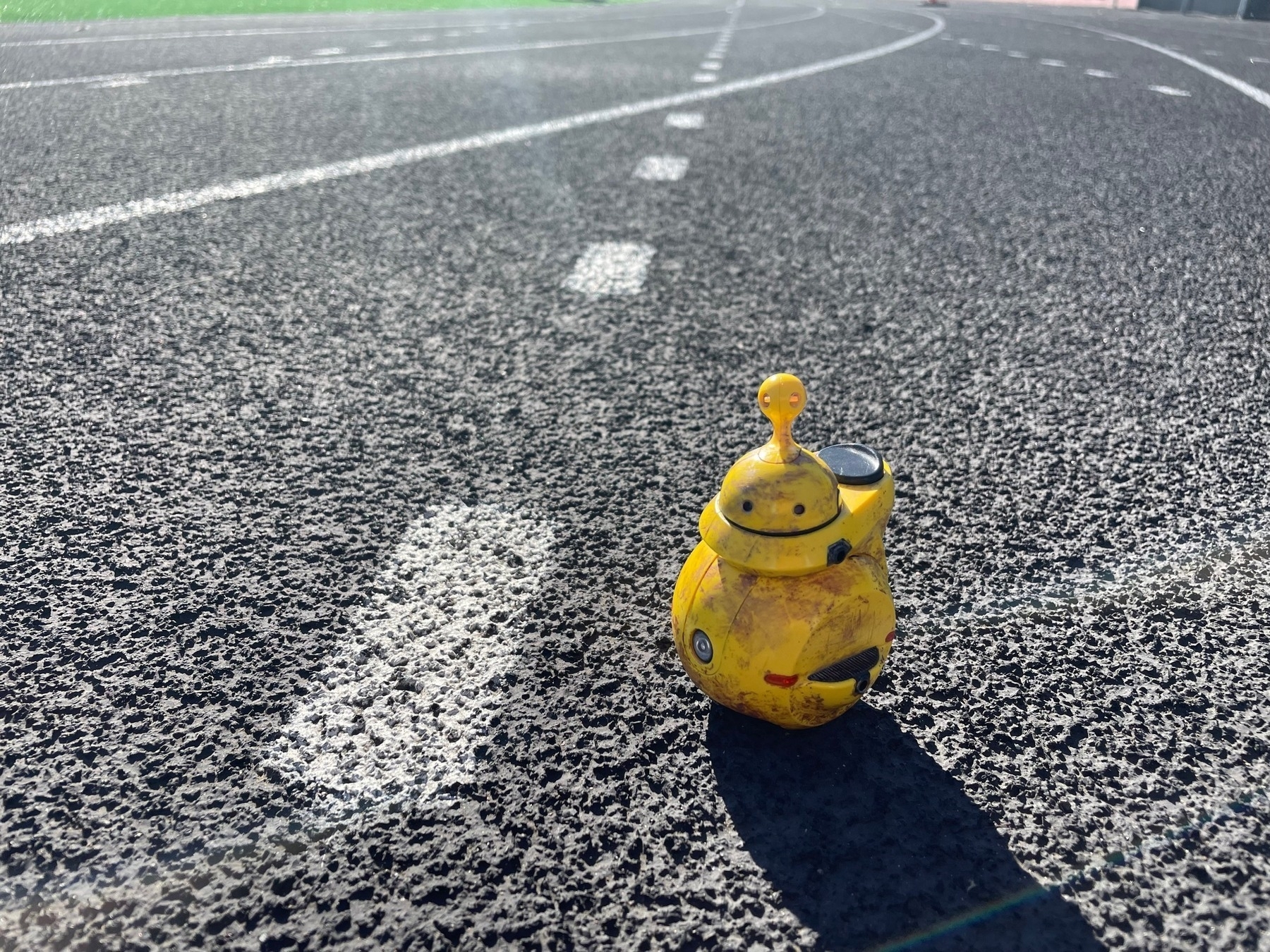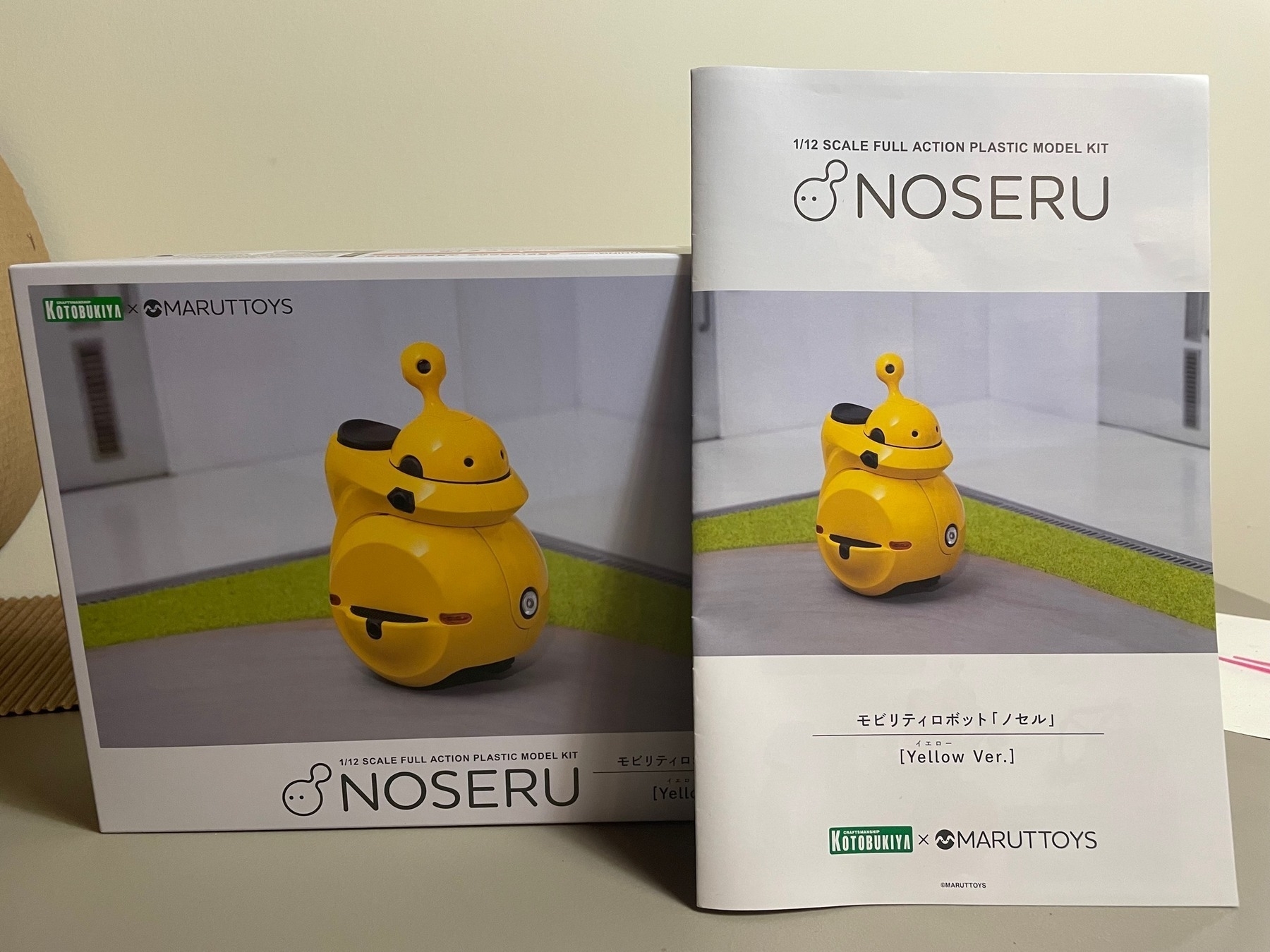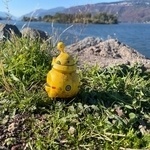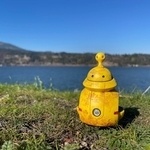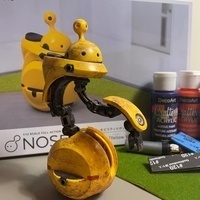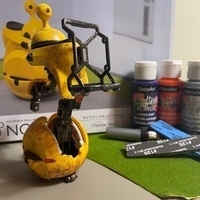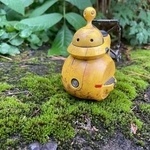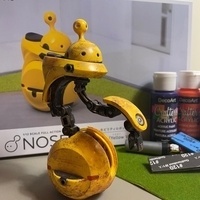-
Full Mechanics Aerial
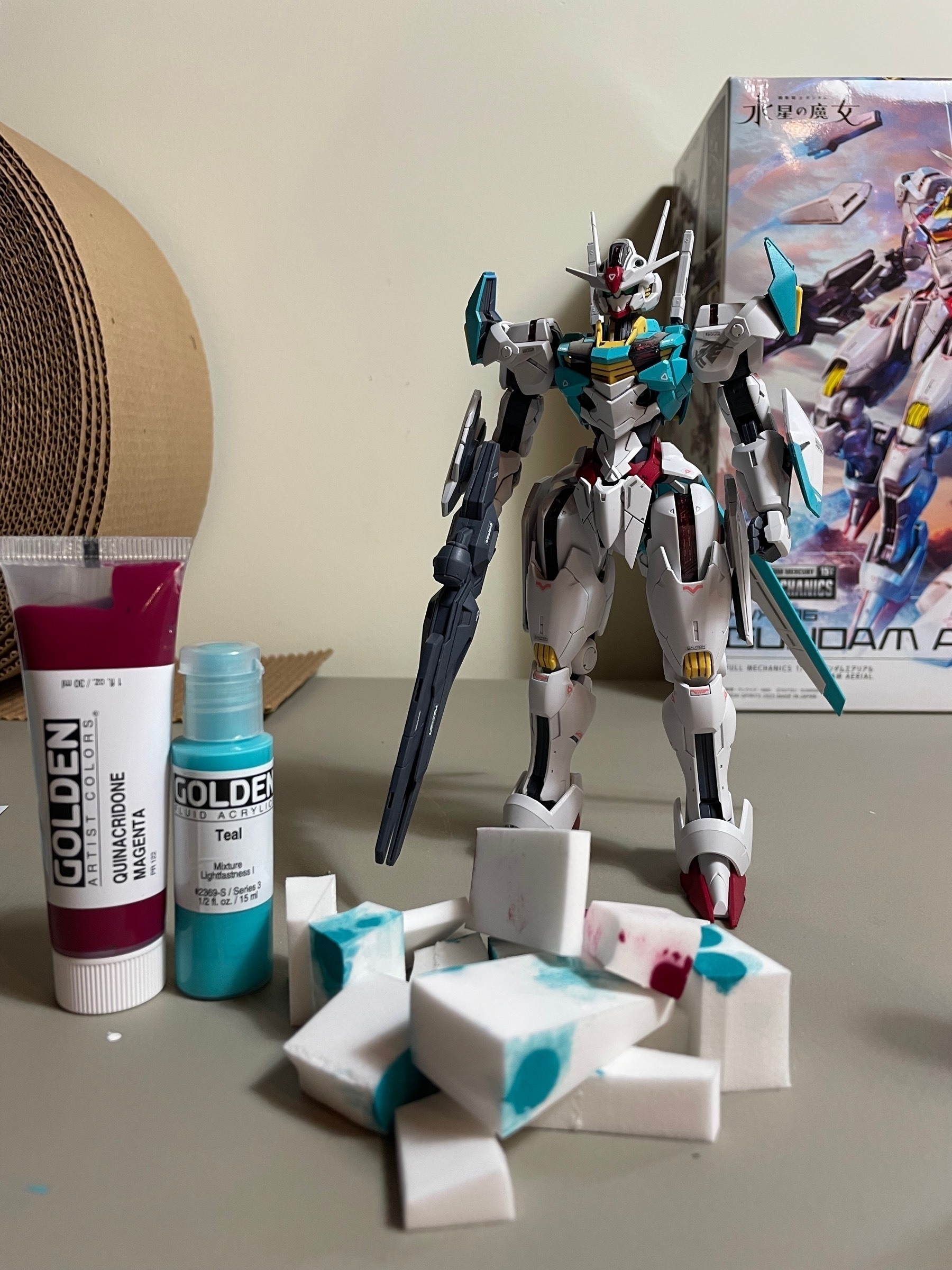
Hello internet! These past few weeks, I have been building, painting, and detailing Bandai’s Full Mechanics Gundam Aerial. Aerial is a much larger kit than the Noseru I took a look at last time, and, at around twice the price of that kit, encompasses a much longer build time too. As opposed to the High Grade Aerial’s in-molded chest piece and stickers for the permet score parts, this 1/100 version of the suit includes chromed-out red pieces for under the smokey clear parts to replicate the bright red, almost glowing, color seen in the anime. Other than that, the colors on the model are fairly standard Gundam red, yellow, blue, and white, and while it is a nice color scheme, I wanted to try something different for this kit.
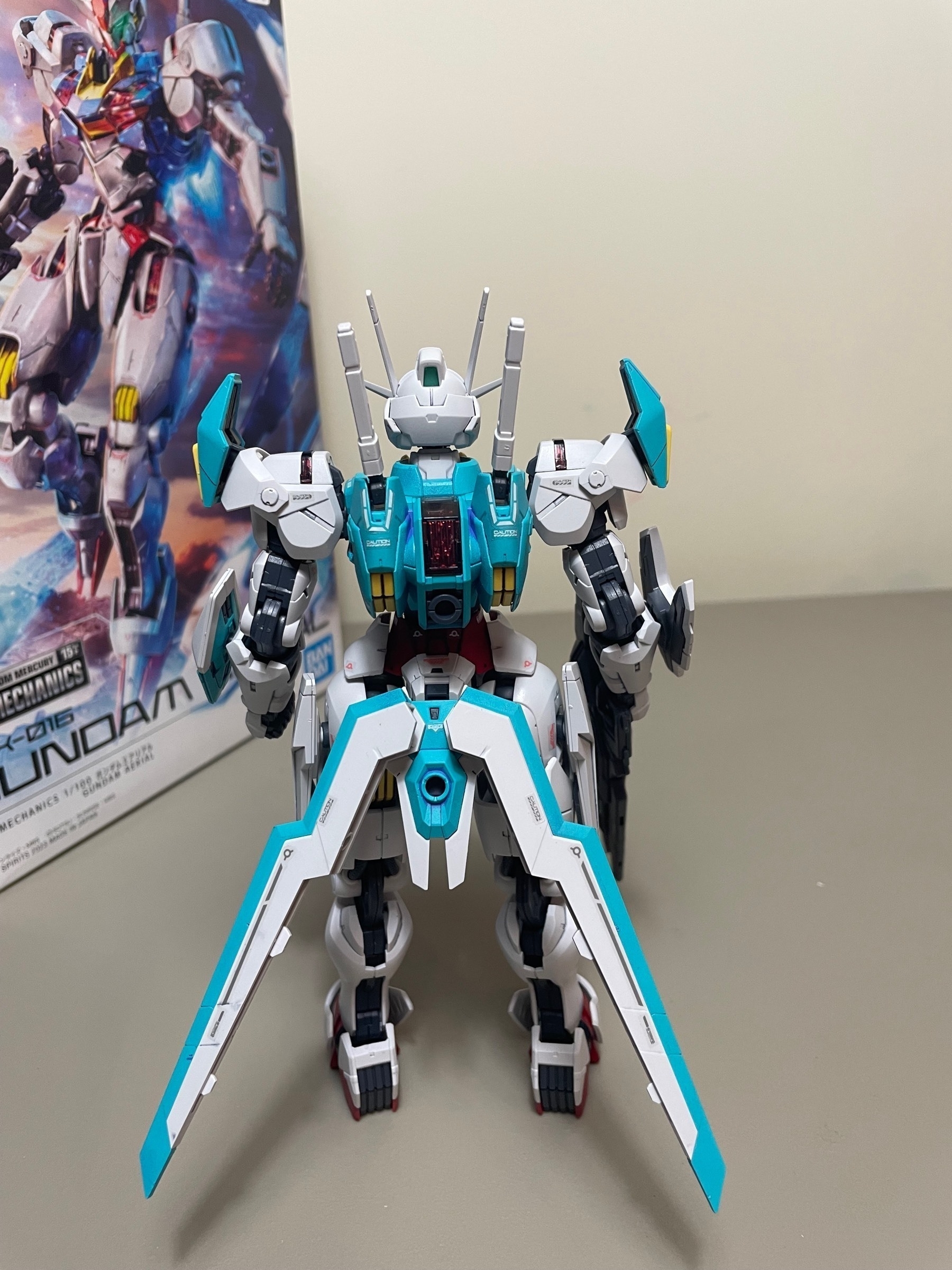
I used a simple sponge painting technique to change the original red and blue to a darker red and a teal. Sponge painting is more commonly used to paint walls and ceilings, but it can also be applied at a smaller scale to paint plastic models. Makeup sponges are used to get a clean, newly painted finish, but coarser sponges can also be used to get a more chipped and weathered look. Although I matte topcoated the main body, I ran out part way through spraying the shield and had to switch to a satin (semi-matte) topcoat.
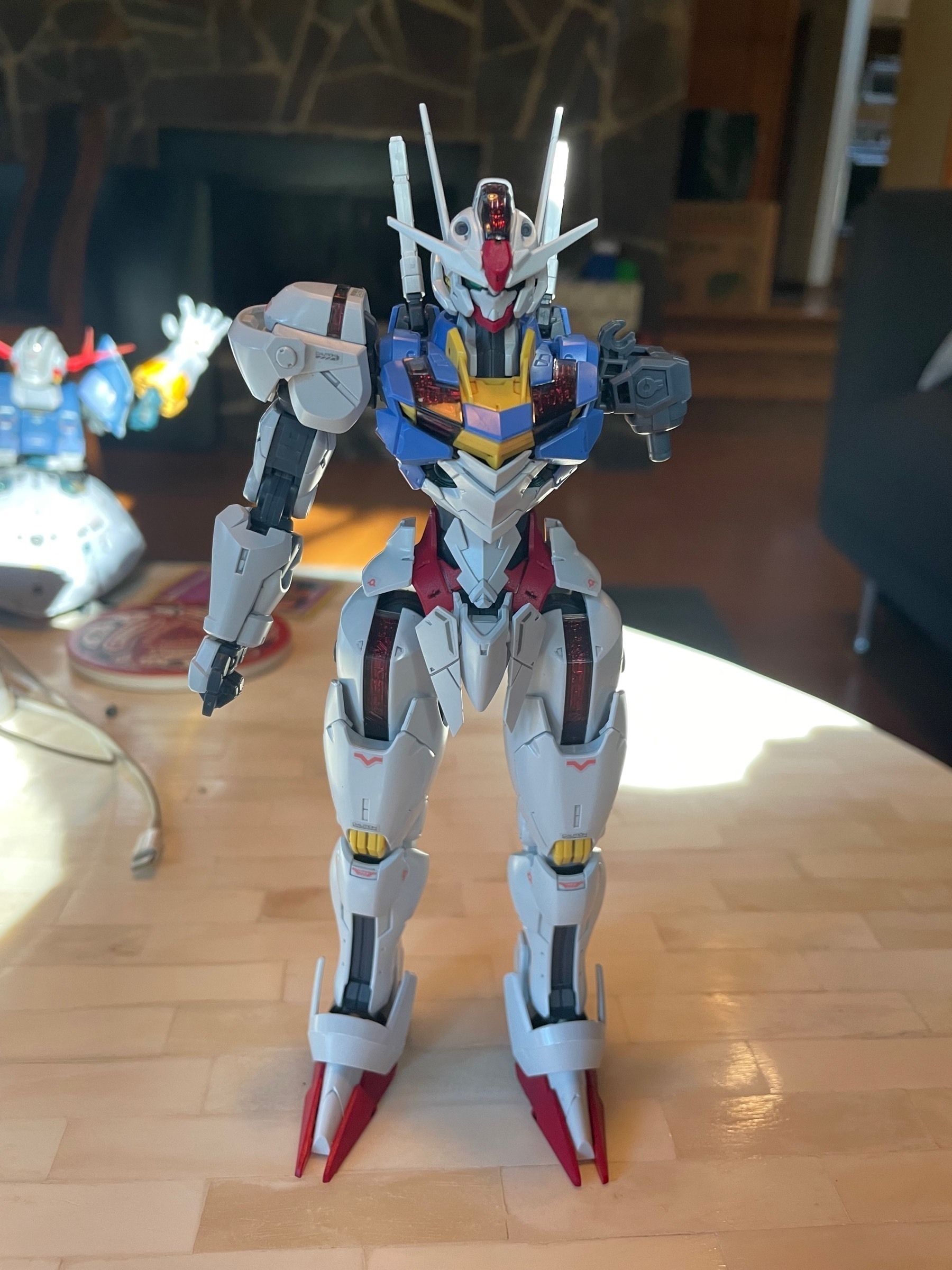
Mini-Tutorial 2: How to sponge paint
Gather your supplies. You will need some sort of fine-pored sponge, preferably a makeup sponge. You will also need your desired paint, some scrap paper, and a hobby knife.
Similar to drybrushing, dip your sponge in the paint and dab it on a piece of scrap paper until a thin, even coat starts to show.
Sponge the individual parts of the model kit. The first coat might not cover the entire piece, but you should give at least three coats to the part for a clean finish.
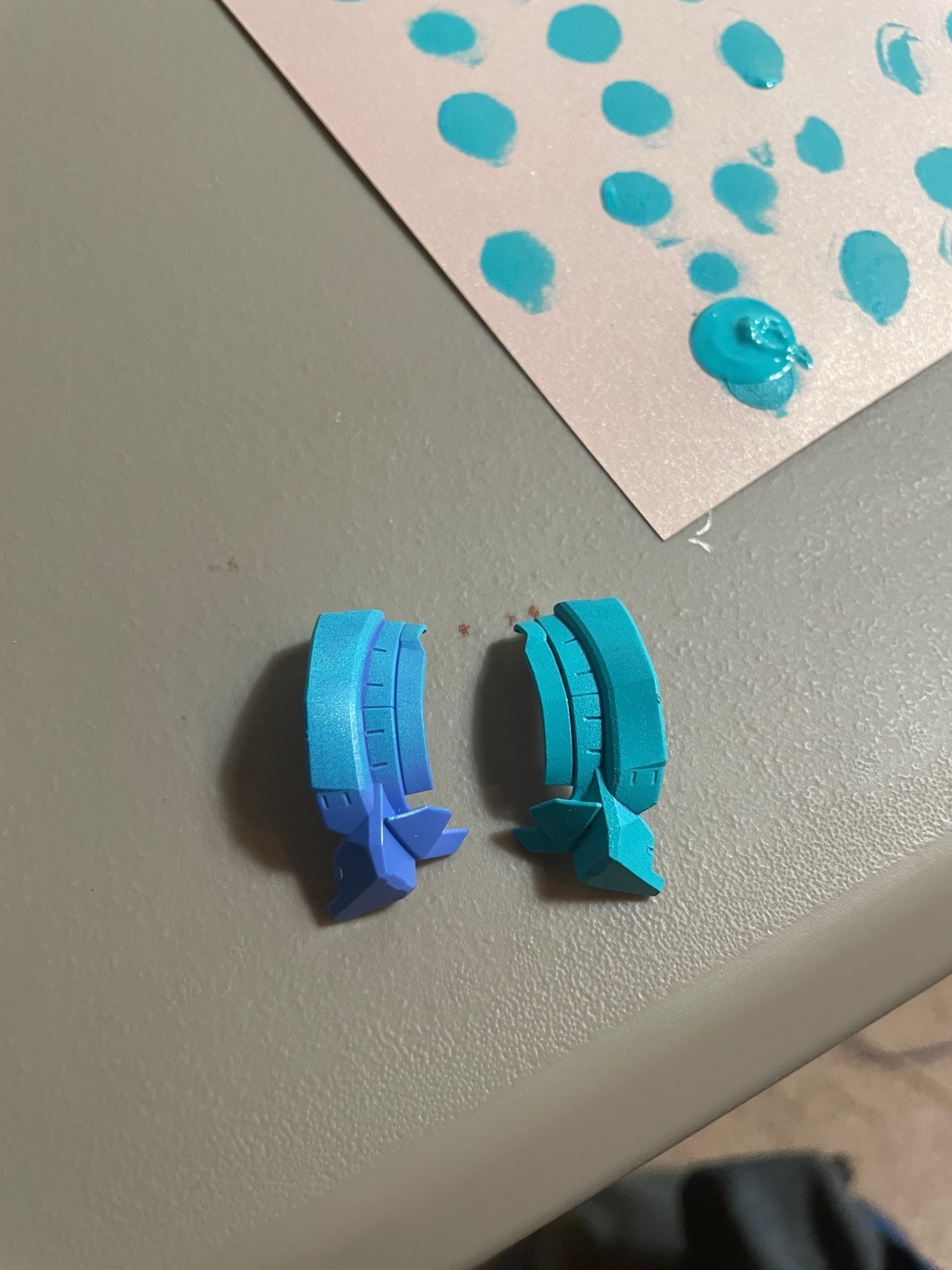
-
Hello internet! Over the next few months, I hope to actually use this blog I’ve been paying for for over a year! For this first actual post, I will document my weathering process of a Kotobukiya Maruttoys Noseru (Yellow Ver.) kit.
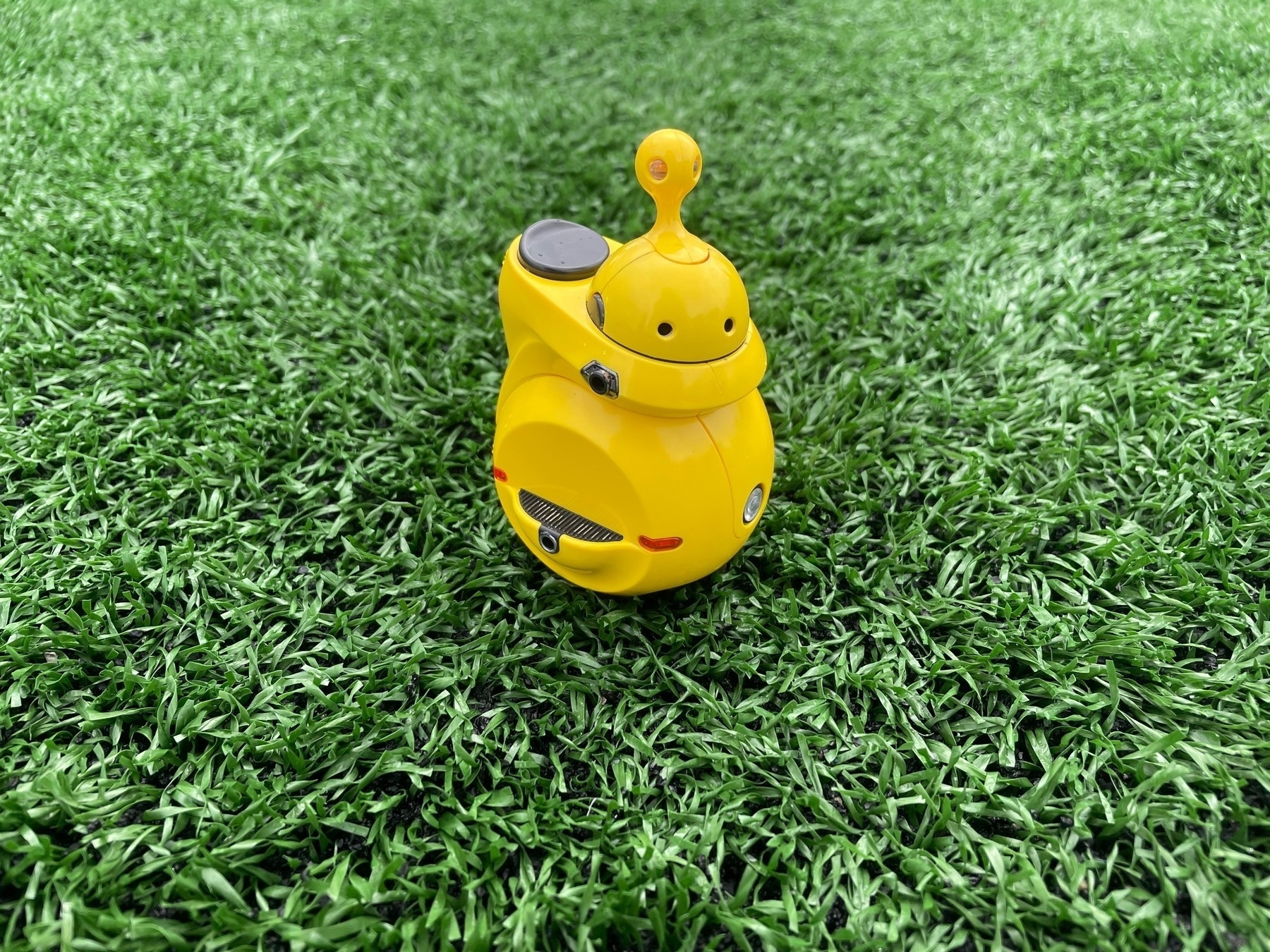
The base kit itself is quite solid; the yellow armor parts have a nice glossy finish, while the dark gray frame parts feature some lovely detail. Unfortunately, the main piping, tires on the wheels, and some silver bolts all need painting to be fully accurate to the manual. The other main complaint I have with the kit is that several joints are very tight, and need to be sanded to avoid breakage. Other than that, Noseru is a premium-feeling kit, and the photography on the box only adds to this feeling.
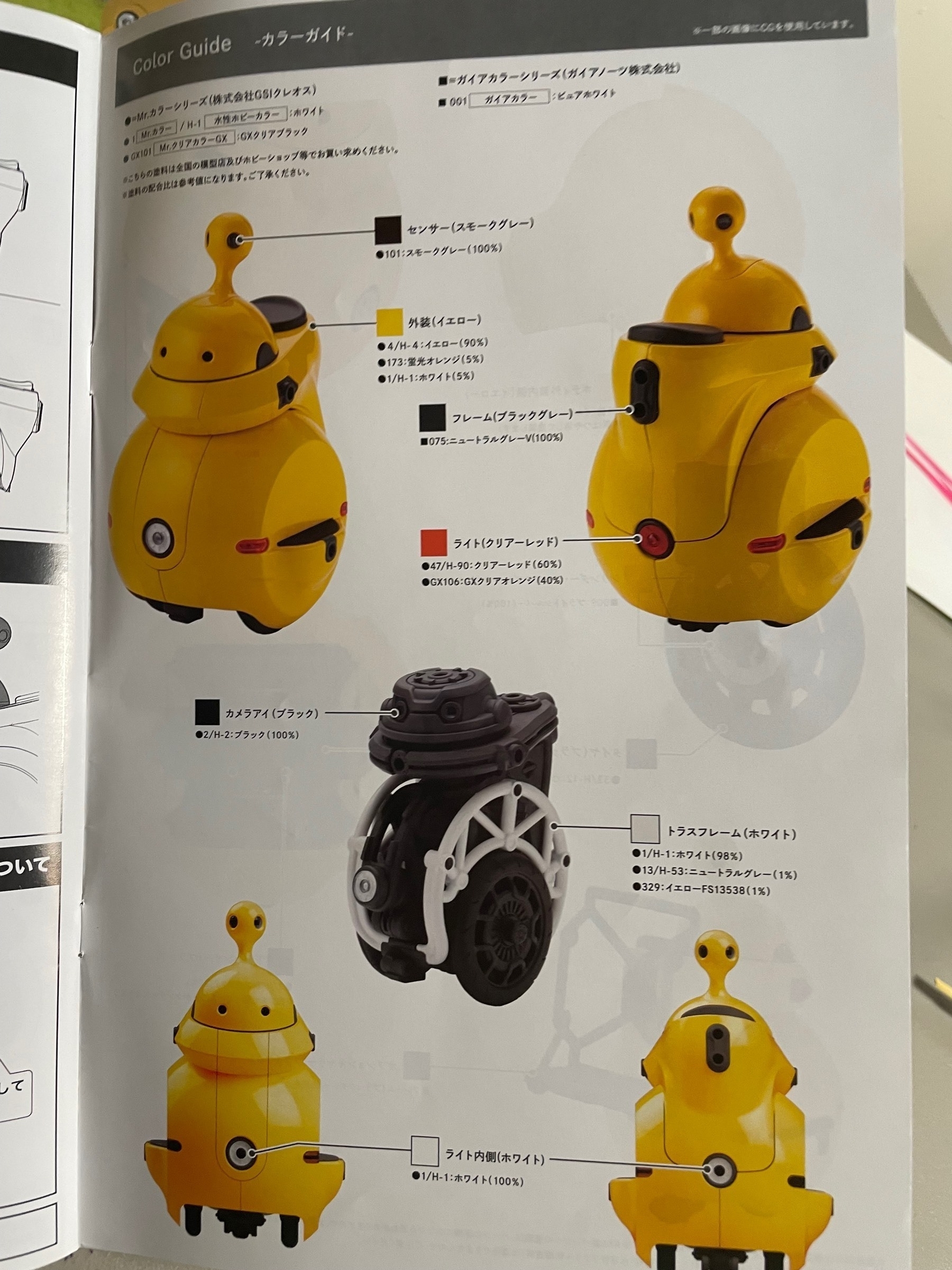
I used some simple techniques, mainly drybrushing, to get Noseru looking dirty and dinged up. Drybrushing is one of the simplest model kit weathering techniques, as all it requires is some scrap paper, an old brush or toothbrush, and some paint; I used some cheap acrylic paints.
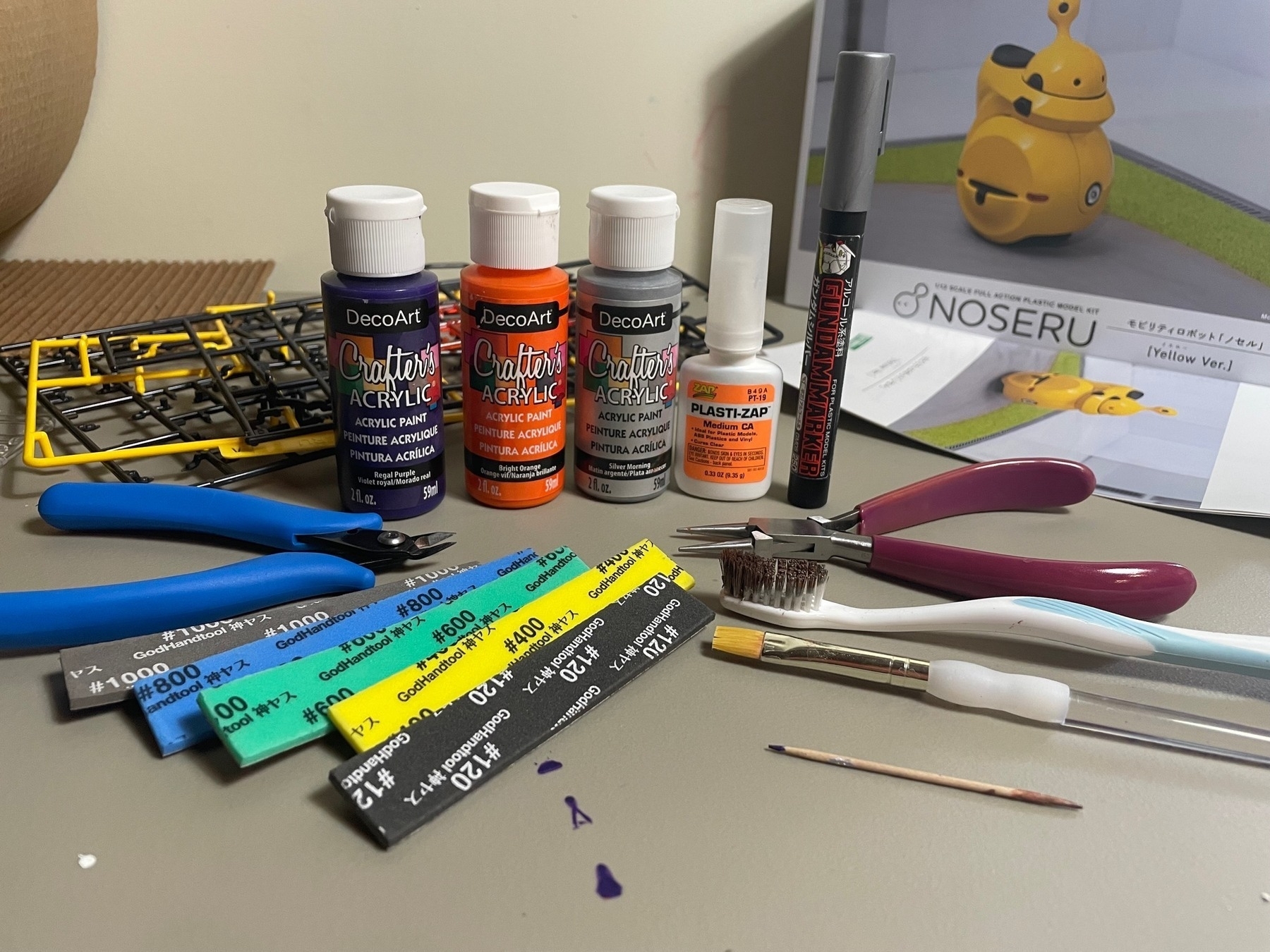
Mini-Tutorial 1: How to drybrush
Choose your brush and paints. For me, this was an old toothbrush and some DecoArt acrylic paint in Bright Orange, Silver Morning, and Regal Purple. (I mixed all three to get the brown I used on the armor.)
Apply paint to the brush, then wipe most of it off on a piece of scrap paper. With the paint remaining on the brush, lightly go over the corners of the model several times until the desired effect is achieved.
The rest is really up to you! I dry brushed the entirety of the armor with the rusty brown I mixed together, and used silver and silver+orange on the frame. I then sprayed the entire model (minus the clear parts) with a matte topcoat.
-
The Pokémon together
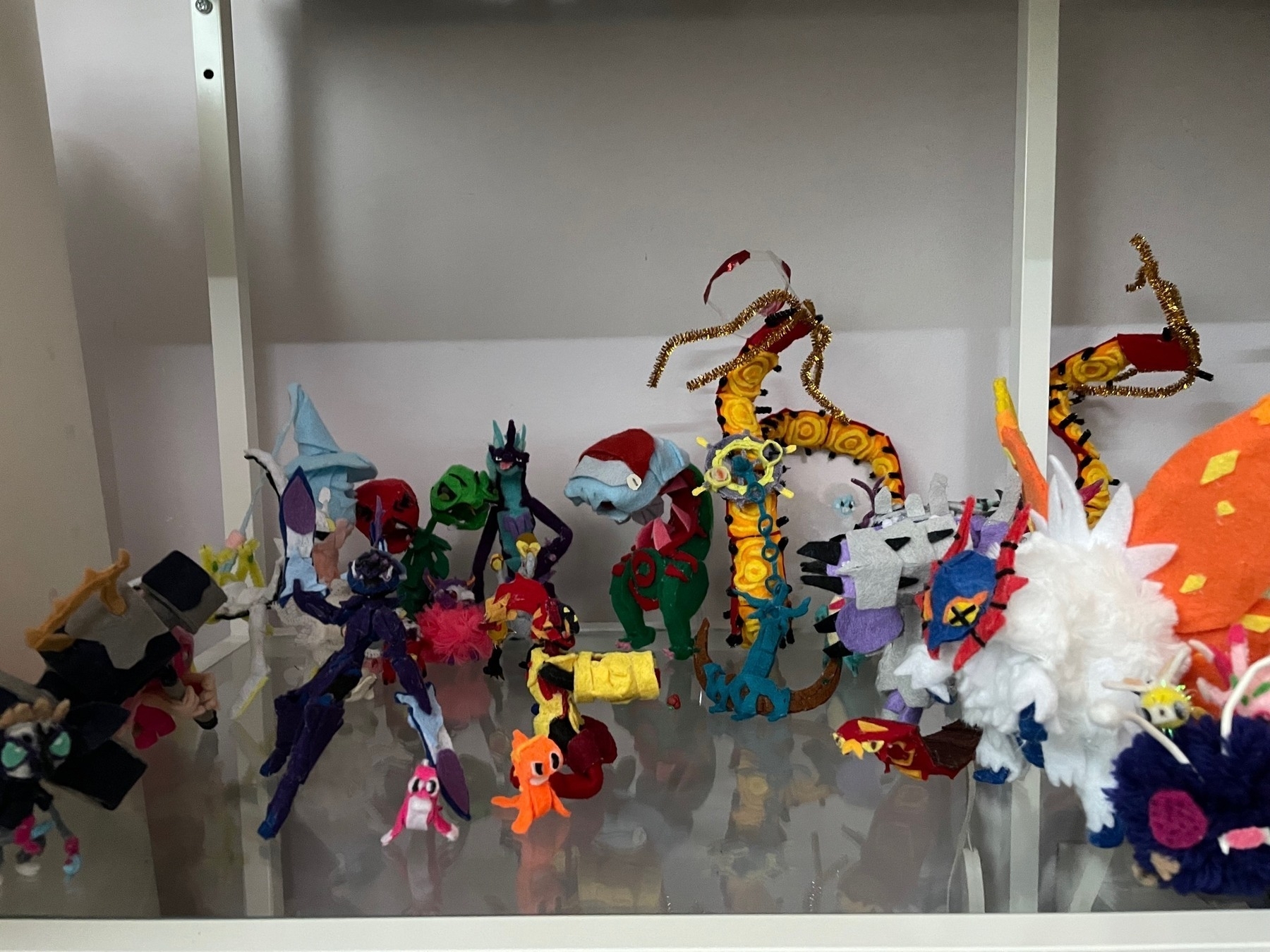
-
Frito the Slither Wing at the park
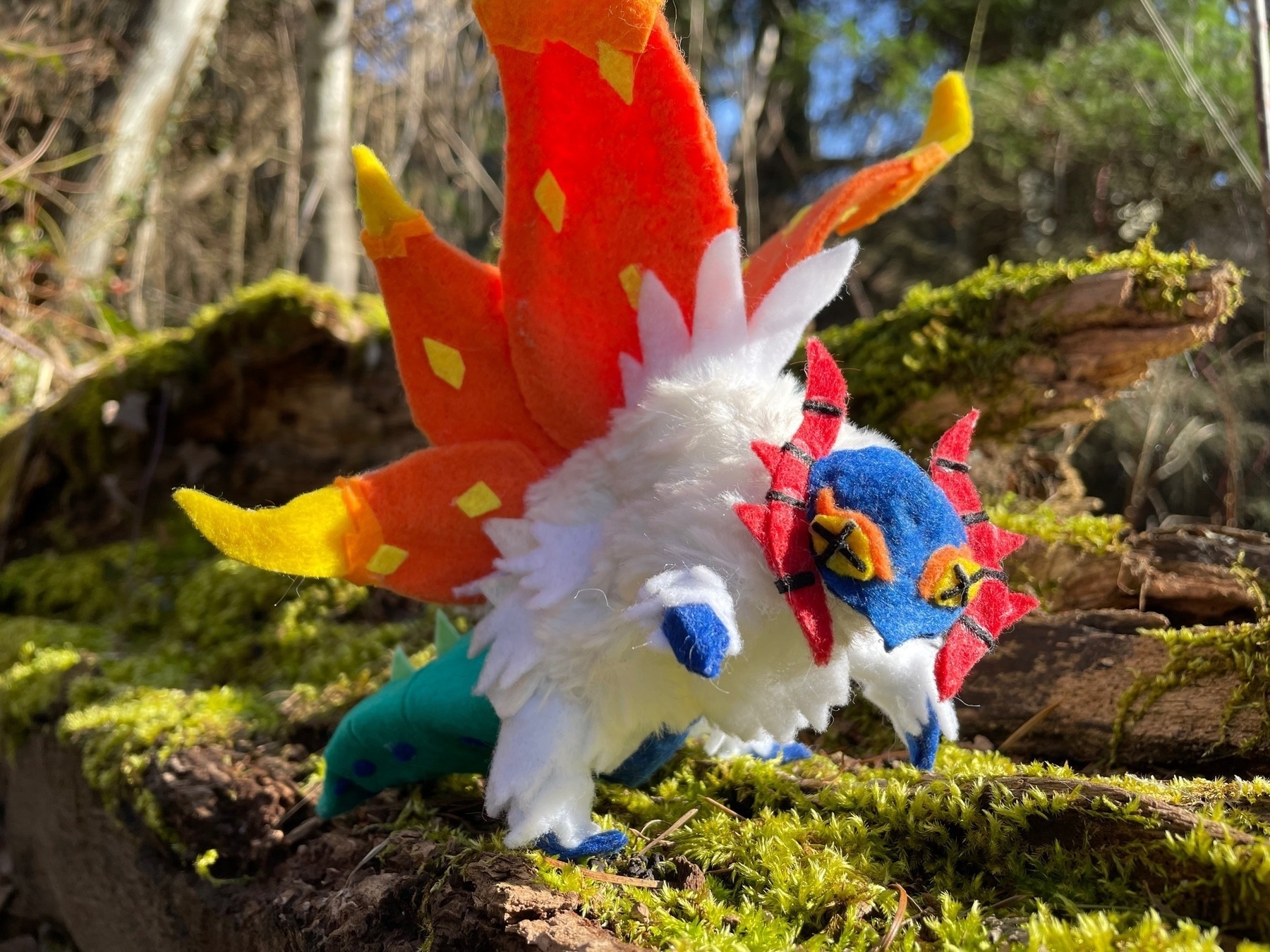
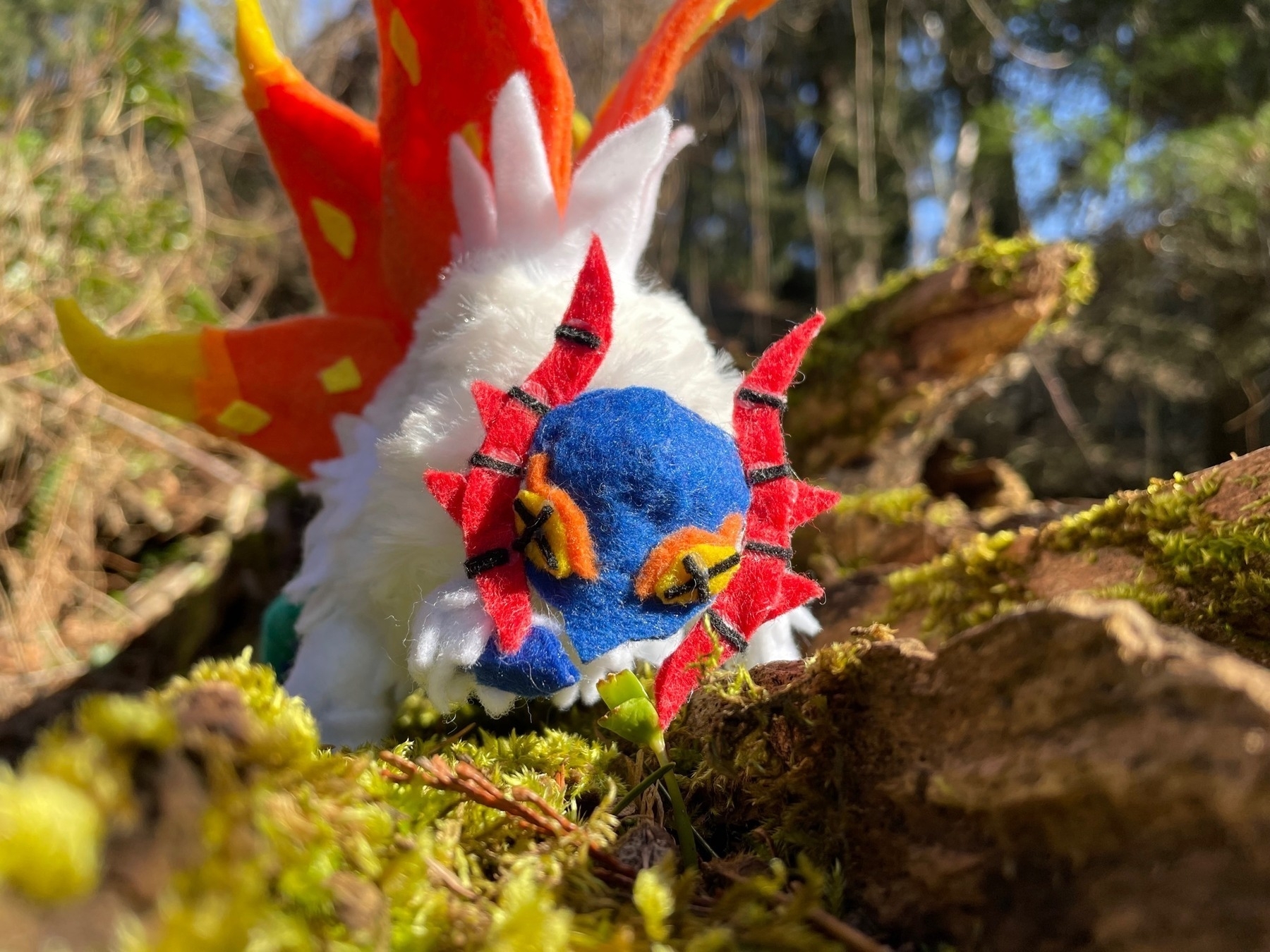
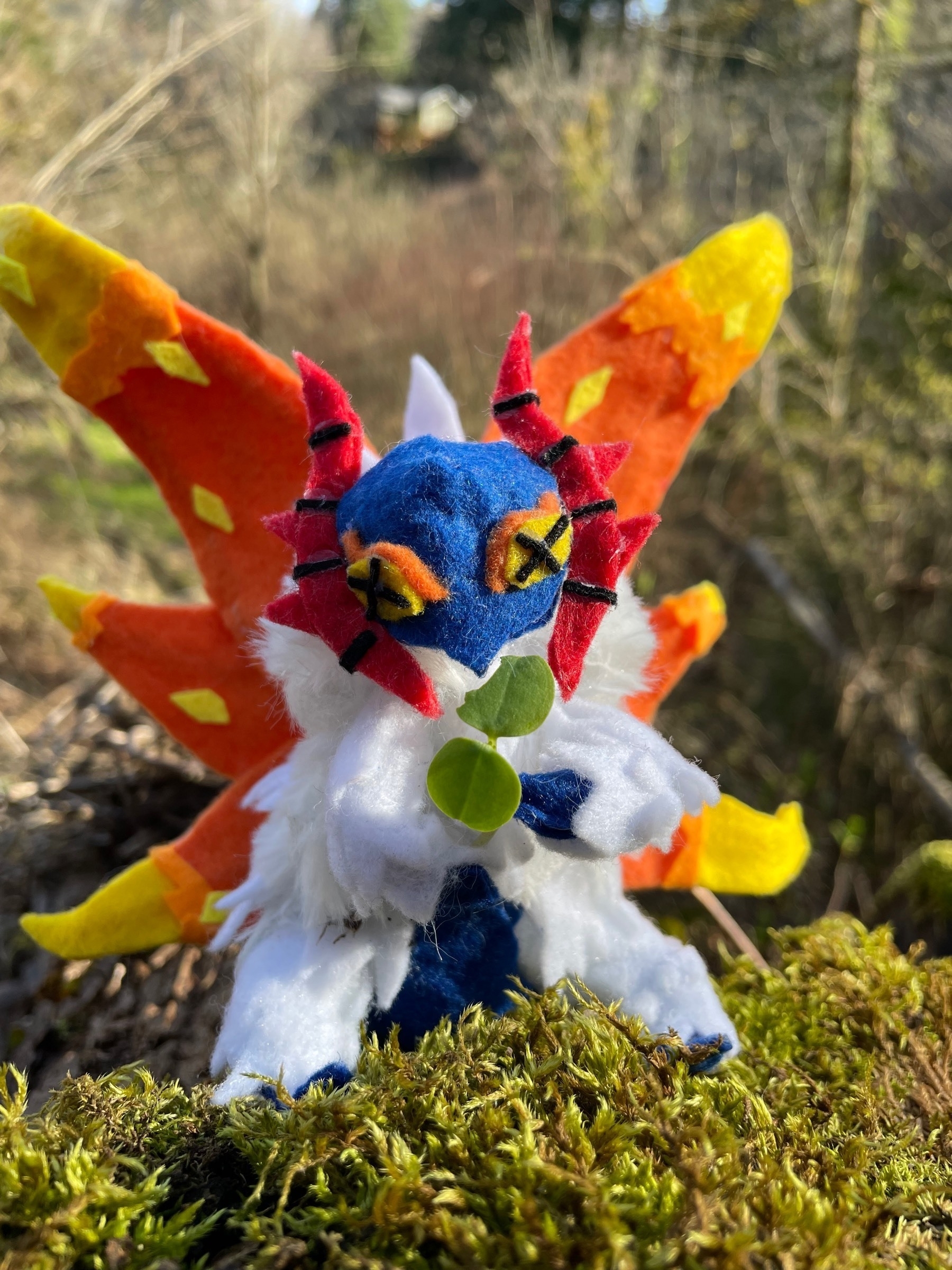
subscribe via RSS
